AS SEEN IN





Home » Visit S’Albufera In Mallorca For Beautiful Birdlife
Click to play video
I’ve just got back from a memorable week spent on holiday in Mallorca. It’s the third time I’ve visited this island, which is a hugely popular destination with holidaymakers thanks to its warm climate and rugged coastline.
It took some persuasion by my family to get me to even visit the island initially as, for me, it is not an obvious choice for wildlife-watching. But, having conceded that it was an excellent place for all three generations of my family to enjoy cycling and walking, I decided to give it a chance. Three trips later I now look forward to my annual visits, as I now know that it is also mecca for birdlife.
The island of Mallorca is situated 150 miles off the east coast of Spain in the western Mediterranean. It acts as a key stop for many birds during their migration from Africa to Europe, providing overwintering grounds for thousands of avian visitors each year.
The island also has a pretty impressive resident bird list, which includes the stunning black vulture. Over the past three trips I have gathered my favourite must-go places to see wildlife and top of this list is S’Albufera de Mallorca.
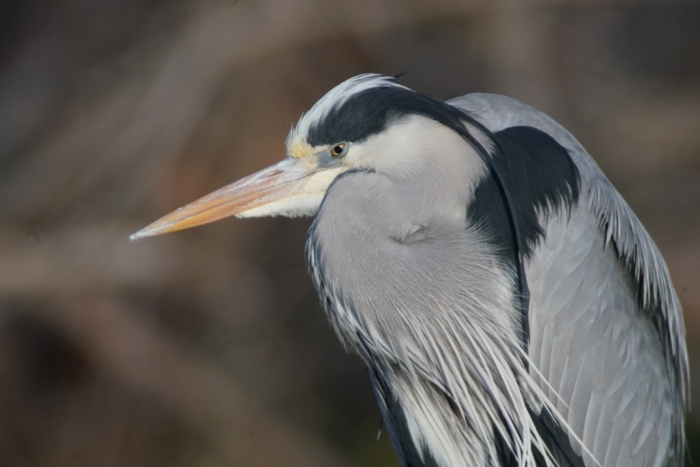
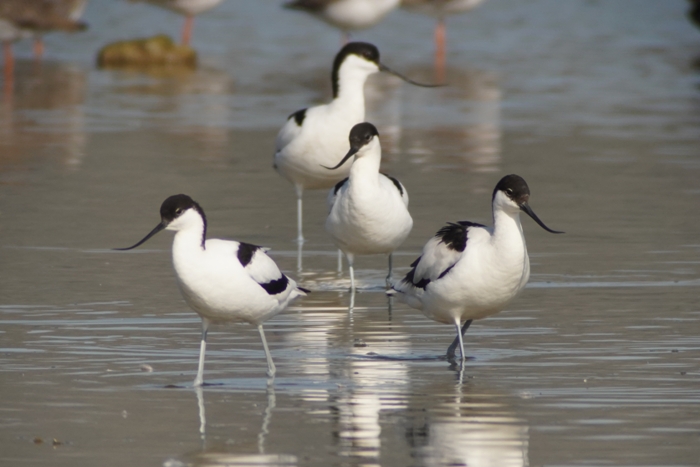
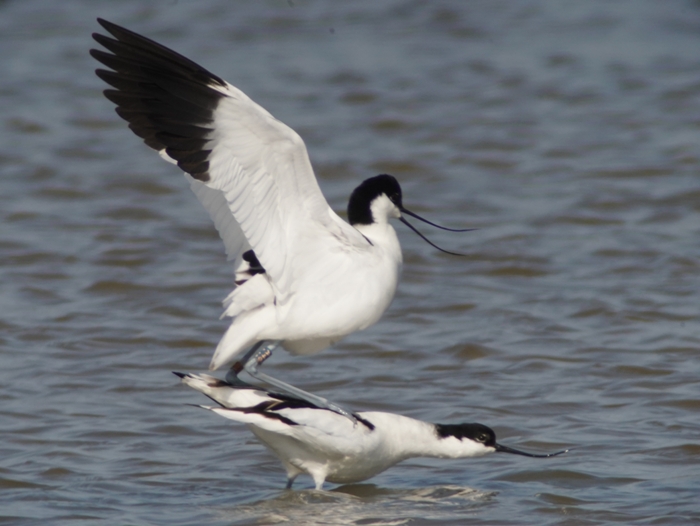
This beautiful reserve near the town of Alcudia is a vast area of wetlands with huge reed beds and lagoons all connected by a complex network of channels. Listed as a Ramsar site of international importance, it is a surprise to find such a huge wetland on what is an otherwise largely arid island. It is little wonder it is such a wildlife hotspot.
On my most recent visit, I got a special permit which allowed me to enter the park before dawn so that I could watch the transition from night to day. I woke up early and cycled into the heart of the reserve with the stars still twinkling overhead.
I wasn’t expecting Mallorca to be so cold! It was 3°C with frost on the ground when I visited in February, so I was relieved to get into one of the many wooden hides dotted around the reserve. As I opened up the shutters, the view over the wetlands was framed before me.
As the sunrise drew closer, the sky glowed orange and was reflected in the lagoon. The mountains remained black in stark contrast and hundreds of birds were silhouetted in the water. I recognised most from their calls; the soft plinking of teal and the unmistakable ‘pee-wit’ call of the lapwing.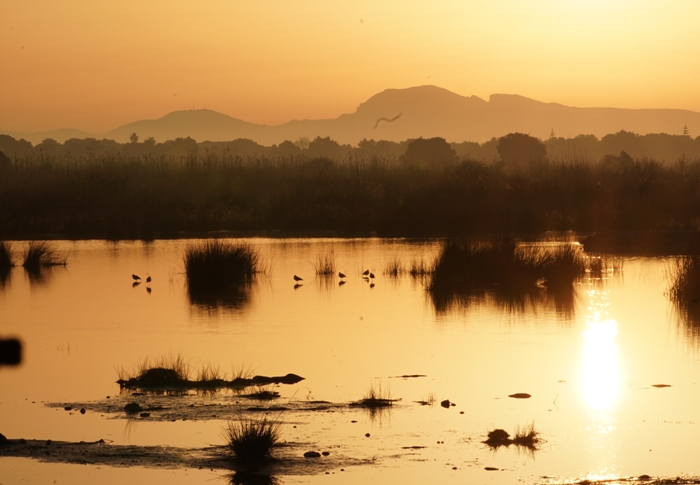
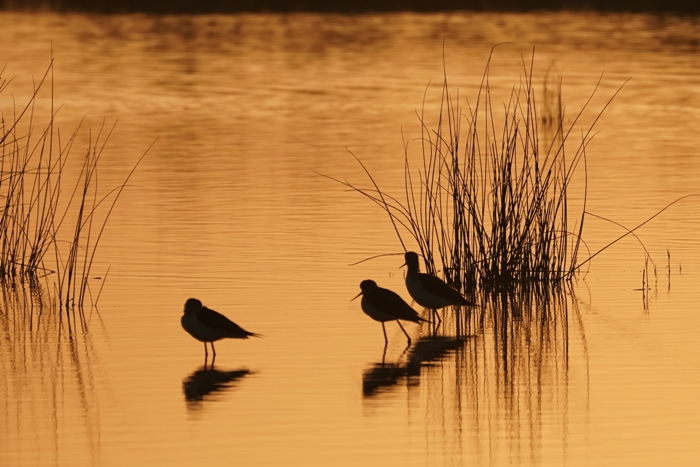
A rather optimistic cormorant tried to dry out its feathers with its wings splayed like a crucifix as the sun began to peek over the mountains. Close by, a group of dainty black-winged stilts stood on one leg in the shallows gradually rousing themselves for the day. One by one they started preening and feeding as did the equally graceful avocets. I couldn’t believe I had this stunning tranquil place all to myself.
Then, quite suddenly, the peace was shattered by a raucous call of a bird that I didn’t recognise. Two huge chicken-sized coots came marching across the shallows with what could only be described as totally over-sized feet. These were western swamphens.
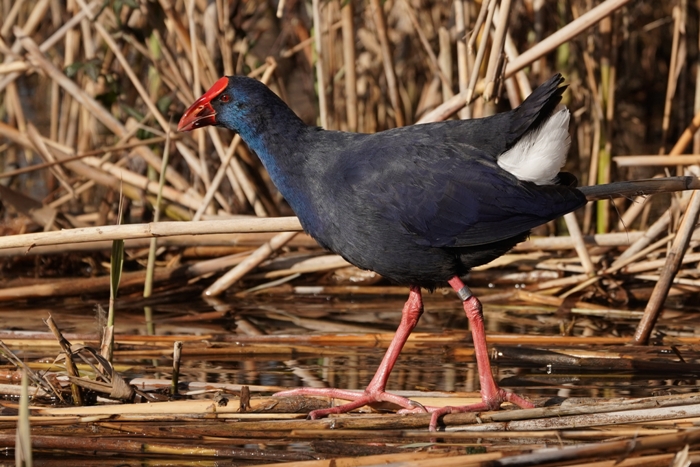
 Every so often they would stop and begin pulling up reed stems with their powerful bills and grasp them with their feet to peck off the tender shoots.
Every so often they would stop and begin pulling up reed stems with their powerful bills and grasp them with their feet to peck off the tender shoots.
I soon realised that they were probably responsible for keeping the shallows free from reeds. Shortly afterwards a third swamphen appeared. After much posturing and calling, there was a frenzied territorial clash and the interloper was swiftly evicted.
Peace was restored but it didn’t last for long. A marsh harrier appeared. It flew over the water and reed beds trying to spot any unwary prey, but the birds quickly scattered and took flight.
The teal and shovelers were the first birds in the air followed by the waders: avocets, stilts, and lapwings. They began to fly away in formations of their own kind.
It was an impressive sight as all the birds took this swift evasive action. Well, I say all the birds, the swamp hens barely looked up and simply continued feeding! It would take more than a harrier to fluster them. Then, I spotted a snipe too, close to the hide, frozen motionless and waiting for the danger to pass.
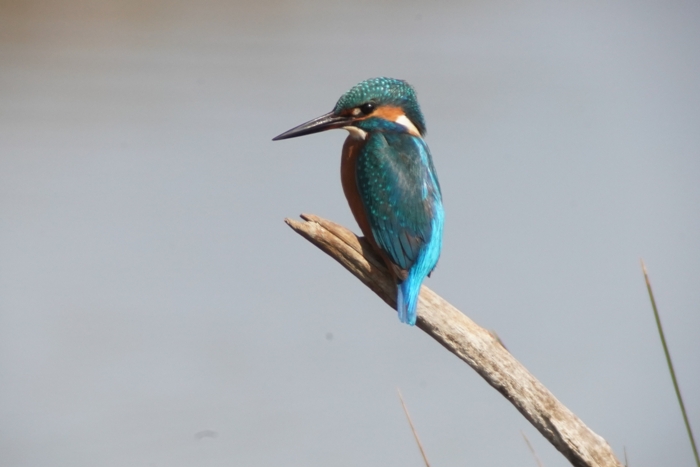
I thought I had now seen the best of the sunrise from here so I went to another hide with the sun behind me this time. I opened the shutters and was greeted by an equally impressive sight of shovelers, egrets, herons, cormorants and plovers.
Then suddenly I saw a flash of blue as a kingfisher landed on a twig at the water’s edge. Its eyes peered down at the water before it plunged in. A split second later it was back on its branch. It had missed its catch. But in no time at all the kingfisher relocated its prey and dived again.
This time it was on target and returned with a fish, striking it on the branch before swallowing it whole, head first! I watched it fishing for nearly an hour as it tried out different perches around the lagoon.
Wide variety of bird species to be found in Mallorca
I spent the rest of the day in this hide just sitting, watching and listening. There were moments of calm tranquillity and moments of high drama as the marsh harriers passed by again.
The sheer numbers of birds and range of species was awe-inspiring: there were cranes in the distance, ospreys flying overhead, booted eagles riding the thermals and even peregrines bombing by.
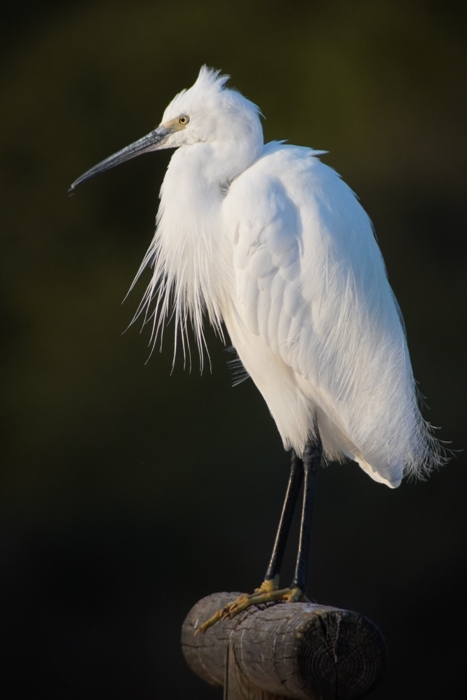
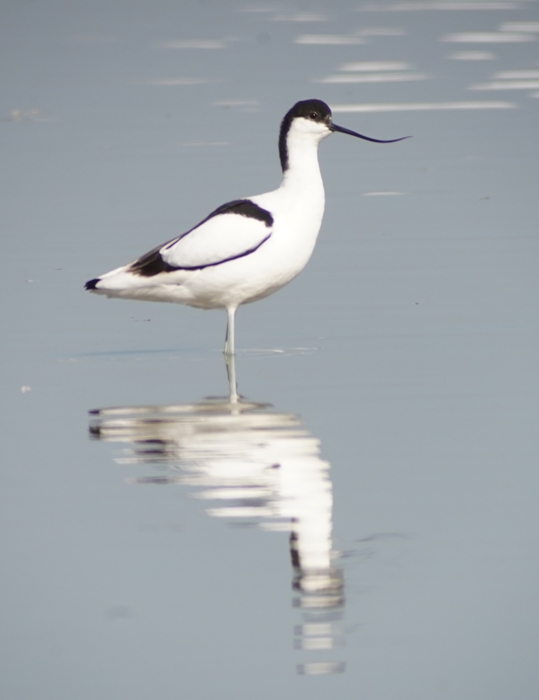
On my way out of the reserve I went up into a tower hide which overlooks the whole area. From here I could truly appreciate its size and scale.
At a massive 16,468 hectares, it is the largest wetland area in the Balearic Islands. Surprisingly, S’Albufera was originally a saltwater lagoon. But in the 17th century, water from local springs and from the nearby mountains was directed along newly-dug irrigation channels and canals, diluting the saltiness of the water before draining out into the sea.
And nearby sand bars gradually grew in size, slowing down the encroaching seawater. It is this combination of salt and fresh water that lies behind the incredible diversity of wildlife here.
However, from up in the hide gazing over the stunning expanse of S’Albufera, I wasn’t thinking about the origins or background of the reserve. Instead I was simply left awe-struck by the immense beauty of this extraordinary place. Mallorca truly is a land of inspiration.
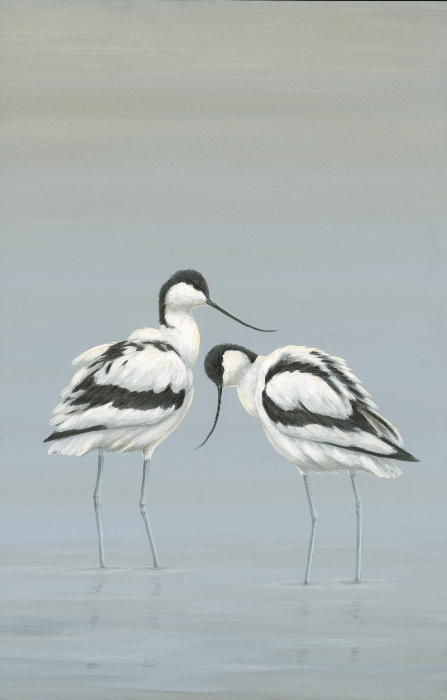
I flew direct on Jet2 from Leeds Bradford.
We rented a private house in Port de Pollensa. Click here for similar.
For more information on S’Albufera de Mallorca click here.
Related Products:
Sign up to my newsletter for updates on news, wildlife sightings, products and more directly to your inbox
AS SEEN IN





THE ROBERT FULLER GALLERY
FOTHERDALE FARM
THIXENDALE, MALTON
YO17 9LS
UNITED KINGDOM
TEL: +44 (0) 1759 368355
EMAIL: mail@robertefuller.com
6 Responses
Hi Robert – lovely reminder of Majorcan birdlife which I too visit each year but in June. I miss a lot of the migrants but early morning visits to S’Albufera are rewarded by several heron/egret species, nightingales and raptors. The Formentor peninsula is also a wonderful early morning trip with views of Eleanora’s falcon, blue rock thrush, swallowtails and even pine martens. I’m already looking forward to this June. PS I visited your lovely home last Easter and watched one of your barn owls on our arrival – wonderful start.
Thank you for the advice. I also went to Formentor. Have you been to Cala Boquer? That too was incredible – but I spent some time cleaning the beach first
Dear Robert. My sister sent me your article on Birdwatching in Mallorca.
It was so well written, I felt as if I was there with you. Your comments about the Western Swamphens made me laugh….welcome to the Magaluf of Birds. Your article and photos should be published in a Majorcan magazine to bring awareness of the beauty of the S’Albufera wetlands, which many people do not realise that they exist. Best regards Penny from sunny Mallorca
Thank you! I would love to offer it to magazines advertising Mallorca wildlife – do you know any titles?
Hi Robert, Thanks for your introduction to Mallorca, very interesting. I am a bird photographer looking for good places for photographing beyond the UK. From you experience on the hides there, would you recommend S’Albufera reserve to a photographer? Most hides in the UK reserves are built for bird watchers and they are a little too far away for cameras (even long lens). How many hides are there?
Thanks
Rob
Hi, I think the reserve is similar to a UK one. I used a telescopic Swarovski scope 1-3000mm. I think the swamphen would be the only bird you would get close enough to without